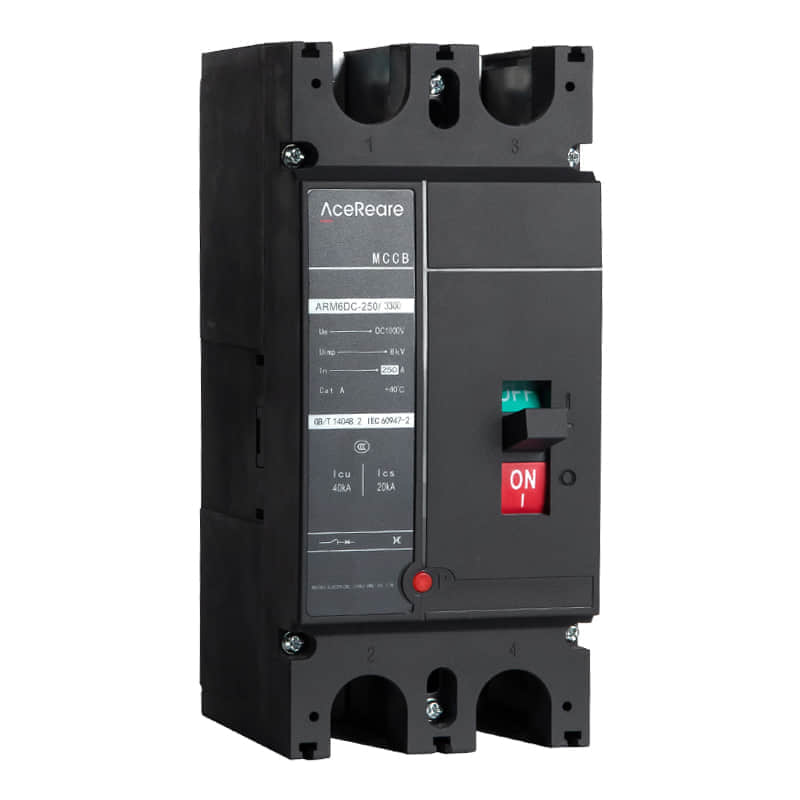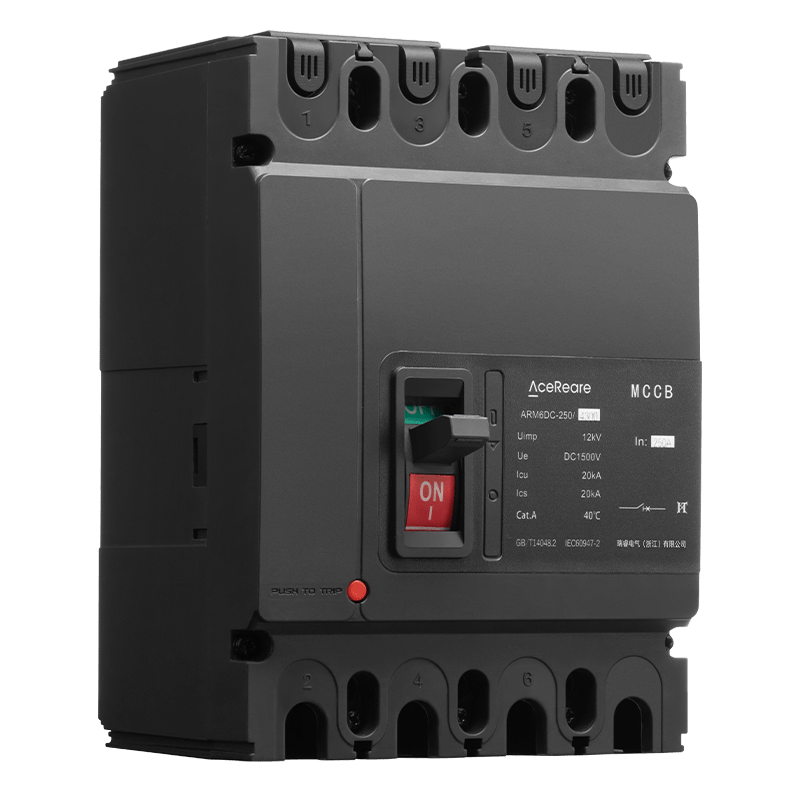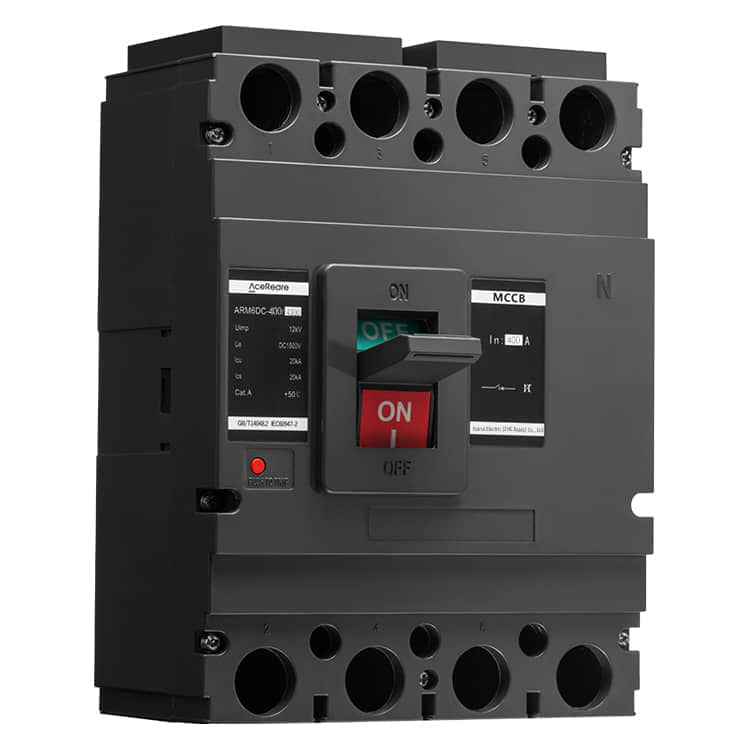As the world continues its shift towards renewable energy sources, solar power stands out as one of the most promising and rapidly growing sectors. A critical component in solar energy systems is the Photovoltaic Molded Case Circuit Breaker (Photovoltaic MCCB), which plays a vital role in ensuring the safety, reliability, and efficiency of these systems.

Ensuring Safety and Reliability

The primary function of a Photovoltaic MCCB is to protect the solar panels and other connected components from overcurrent, short circuits, and other electrical faults. By rapidly interrupting the electrical circuit when such faults occur, these circuit breakers prevent damage to the system and mitigate the risk of fire or other hazards. Traditional MCCBs were not designed to handle the unique characteristics of photovoltaic systems, which include high voltage and DC current. Photovoltaic MCCBs, however, are specifically engineered to address these challenges, providing a higher level of safety and reliability. Handling High DC Voltages and Currents Photovoltaic systems generate direct current (DC) electricity, which is then converted to alternating current (AC) for grid connection or local use. The DC voltages and currents in photovoltaic systems can be significantly higher than those in traditional AC systems. Photovoltaic MCCBs are designed to handle these higher DC voltages and currents efficiently, ensuring that the breaker can interrupt the circuit safely under various conditions. This capability is crucial in preventing arc faults and electrical breakdowns that can compromise the system’s integrity. Optimizing System Efficiency Another advantage of Photovoltaic MCCBs is their ability to contribute to the overall efficiency of solar energy systems. These circuit breakers are equipped with advanced monitoring and communication capabilities that enable real-time data collection. By monitoring the system’s electrical parameters, such as voltage, current, and temperature, operators can detect anomalies and potential issues early on. This proactive approach to maintenance helps optimize system efficiency, minimize downtime, and reduce maintenance costs. Adapting to Changing Environmental Conditions Solar energy systems are often exposed to various environmental conditions, including temperature fluctuations, humidity, and exposure to ultraviolet (UV) radiation. Photovoltaic MCCBs are designed to withstand these challenging conditions. They are typically housed in durable enclosures that offer protection against dust, moisture, and UV radiation. This ensures the longevity of the circuit breaker, minimizing the need for frequent replacements and enhancing the overall sustainability of the solar energy system. Integration with Smart Technologies In the era of smart technologies and the Internet of Things (IoT), Photovoltaic MCCBs are not left behind. Many modern Photovoltaic MCCBs are equipped with communication interfaces that allow them to be integrated into larger monitoring and control systems. This integration enables remote monitoring, real-time diagnostics, and even remote tripping of the circuit breaker if necessary. This level of control enhances the operational efficiency of solar energy systems and contributes to the stability of the grid. Conclusion As the adoption of solar energy continues to rise, the importance of reliable and efficient components like Photovoltaic MCCBs cannot be overstated. These specialized circuit breakers ensure the safety of the system, handle high DC voltages and currents, optimize efficiency, withstand harsh environmental conditions, and integrate seamlessly with smart technologies. With ongoing advancements in technology, Photovoltaic MCCBs are set to play a pivotal role in shaping the future of solar energy systems, making them safer, more efficient, and more sustainable than ever before.
